Greetings! Here’s a simple tip to make a very easy visual and historical improvement to your tent without having to spend much time or any money (assuming you already have tent ropes)!
When you order a tent with ropes from virtually any of the major historical tent manufacturers in the US (and possible overseas as well, I just don’t know) they provide with your ropes these curious little devices affectionately known as ‘dog bone tensioners’ (little wooden devices, usually with two holes drilled in them to mechanically tension the ropes). These are of course mysteriously absent from even the most detailed images of tents in medieval artwork. There’s a much simpler solution to tensioning a rope that gets ignored by a lot of re-enactors. Self-tensioning knots have probably been used for as long as ropes have been around, but suddenly we decided that we needed an entirely separate device to fulfill a feature that the rope can already do for you. It doesn’t really make sense to have an entirely separate piece that can get lost or broken when all you have to do is tie a knot. For the sake of full disclosure, there are only a few images that even hint at knots on guy lines for the use of tensioning. Perhaps our ancestors just liked to constantly move stakes around to adjust tension? I used to use those little wooden dog bones myself because frankly, it just never occurred to me to question it. Maybe it’s just something we don’t think much about, or perhaps it’s because people find knots intimidating? Well, I promise you that anyone can learn a simple taut line hitch, and it really doesn’t take much time at all to square away all your ropes should you choose to.
Many knots are called the taut line hitch and all have small variations. I can’t prove that the taut line hitch is the knot used on medieval tents of course, but variants of this knot have been used on land and at sea for this very purpose for a long time and it gets the job done in a much more elegant way than a modern rope tensioner. This is the version that I’ve used with great success on my tent (in gusts above 50 mph on one occasion) and I’ve never had a problem. The line is self-tensioning, but like any responsible tent owner, you should check your lines for proper tension periodically and tighten them as necessary. Stakes can shift, conditions can change etc, and one should always be cognizant of how that can affect your ropes.
Variation of the Taut Line Hitch
Step 1. Allow yourself about 1 ft of tail to practice. Let the tail pass under the rest of the rope forming a loop.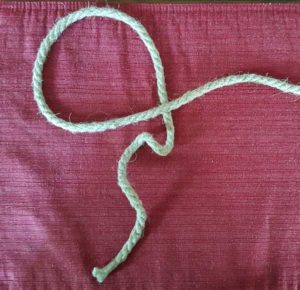
Step 2. Make one wrap around the rope to the inside of the loop
Step 3. Make a second wrap around the rope, again to the inside of the loop.
Step 4. Make a third wrap to the outside of the loop by crossing behind the previous two loops.
Step 5. Tuck the tail of the rope through the loop you just made.
Step 6. Pull the tail and top of the loop tight and push the wraps together. You should have three neat wraps, two to the inside of the loop and one on the outside.
The loop will then go over your stake, and the knot will kink the rope and self-tension so that it cannot slip under load.
You can slip the knot by pushing or pulling it along the length of the main rope to tighten or loosen your ropes.
Here’s a quick video of the same steps:




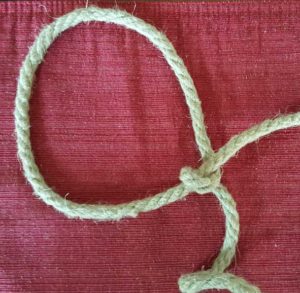
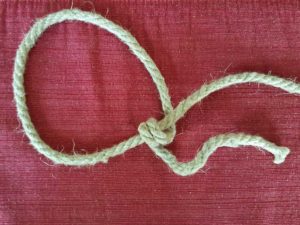
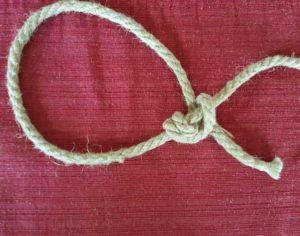
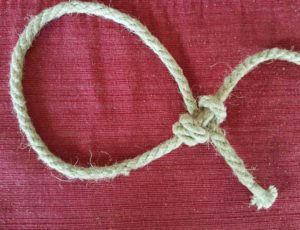
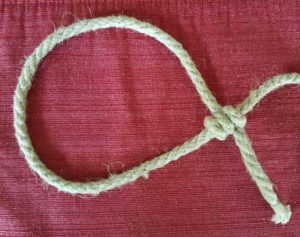
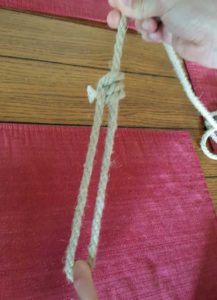
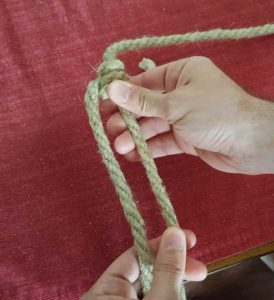




5 Comments
Leave your reply.